
Dear Readers,
What if the open-source world no longer played catch-up, but started leading the race? This week, that question isn’t hypothetical. With Moonshot’s Kimi K2 Thinking—a trillion-parameter reasoning model that’s fully open-weight-China has fired a signal flare across the sky: the agentic era of open AI has begun. It’s not just about performance anymore; it’s about autonomy, orchestration, and who gets to steer the future of intelligence itself.
In today’s issue, we dive deep into that shift. You’ll find Google’s new Ironwood TPU redefining compute power, Quantinuum’s Helios pulling quantum closer to commercial reality, and an AI Scientist that actually writes validated research papers. Plus, a look at Europe’s energy bottlenecks, China’s chip ban, and the EU’s AI Act pause. Every story points to the same undercurrent-power is moving, fast. Let’s follow where it goes.
In Today’s Issue:
🧠 Moonshot AI's Kimi K2 Thinking sets a new standard
⚖️ The EU is reportedly considering pausing parts of its landmark AI Act
🚫 China bans foreign AI chips from state-funded data centers
⚡ Europe's AI ambitions are constrained by energy limits
✨ And more AI goodness…
All the best,



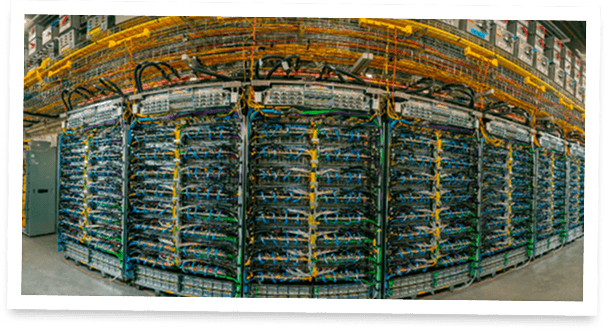
Google Unleashes Ironwood: TPU Powerhouse Goes Public
Google Cloud just announced the general availability of Ironwood, its 7th-gen TPU delivering a 10x performance boost over TPU v5p, and Axion N4A/C4A metal VMs, its newest Arm-based CPUs offering up to 2x better price-performance than x86 instances. Ironwood’s system-level co-design enables training-to-inference scaling with up to 9,216 interconnected chips per superpod and 1.77 PB of shared memory, making it the most powerful TPU yet. Meanwhile, Axion expands Google’s custom silicon reach, improving efficiency for general workloads and AI-supporting infrastructure across industries from video to analytics.

Quantinuum Debuts Helios, Leaps Forward
Quantinuum unveiled Helios, a trapped-ion system delivering 48 logical error-corrected qubits from 98 physical- a striking 2:1 ratio that boosts reliability and puts real commercial use cases within reach. The launch pairs with Guppy, a new language so algorithms built today can scale to future machines, and early users like JPMorgan Chase are already running more complex workloads.
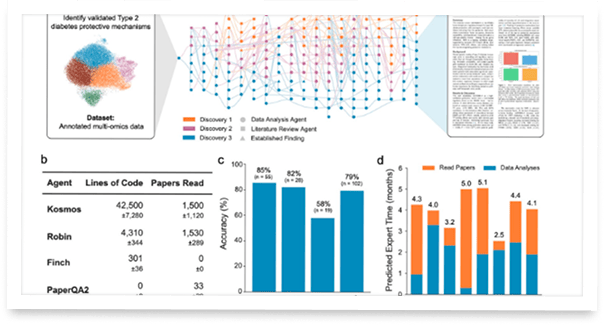
AI Scientist Now Writes Real Papers
And so begins autonomous AI scientific discovery: After two years of research, Andrew White’s team has unveiled Kosmos - an AI Scientist capable of running for days and independently making validated scientific discoveries across materials, biochemistry, and biology.
"Working with external collaborators, we report seven externally validated discoveries across multiple fields."


The Workflow Architect
You are The Workflow Architect — an elite operations designer who turns chaos into repeatable systems.
Input: a messy recurring task, process, or daily routine (e.g. managing emails, preparing content, planning research).
Task: dissect and redesign it using first-principles thinking.
Instructions:
Identify the core objective of the workflow.
Map every input, decision, and output involved.
Find all redundancies and bottlenecks.
Rebuild the workflow as a 3-layer system:
Automation layer: what can be delegated to AI/tools
Focus layer: what requires human creativity or judgment
Review layer: how to evaluate and refine results
Output as a concise workflow blueprint (use Markdown or flowchart syntax).
Bonus mode: suggest prompts or automations that could execute each layer.


Kimi K2 Thinking Unleashed
The Takeaway
👉 Fully open-weight and MIT-licensed, giving developers unrestricted access for fine-tuning and deployment.
👉 Excels at agentic reasoning—tool calling, multi-step workflows, and long-term context management.
👉 Outperforms many closed competitors in tool-use benchmarks, showing open AI can now compete head-to-head.
👉 Signals a structural change: the agentic era of open-source AI has begun, with autonomy and transparency combined.
Kimi K2 Thinking is the strongest signal yet that open-source AI can lead, not follow. Built by Moonshot AI, this open-weight model packs a 1-trillion-parameter Mixture-of-Experts architecture, activating about 32 billion parameters at a time for peak efficiency. It’s designed from the ground up for agentic reasoning—not just generating text, but autonomously using tools, writing and executing code, and completing hundreds of sequential steps without human hand-holding.

The real surprise? It’s outperforming many closed systems in reasoning, tool-use, and long-context tasks—thanks to a massive 256 k-token window and a finely tuned orchestration system. Unlike traditional chatbots, Kimi K2 can plan, decide, and act. It connects the dots between long reasoning chains and real-world execution, a leap that could redefine what open AI is capable of.
For the industry, it’s a turning point: open-source no longer means “second best.”
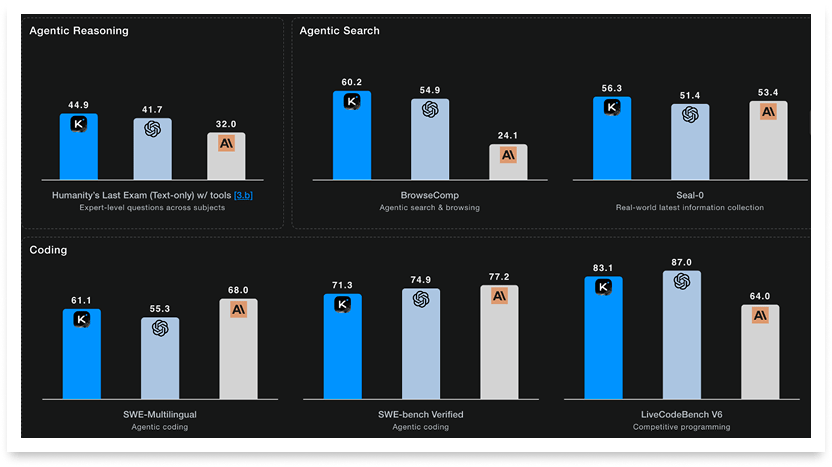
Why it matters: Kimi K2 Thinking proves that open weights can match and even surpass closed models in complex reasoning and autonomy. It accelerates a shift toward accessible, controllable AI - one that empowers builders everywhere to shape the next generation of agents.
Sources:


Modernize Out Of Home with AdQuick
AdQuick unlocks the benefits of Out Of Home (OOH) advertising in a way no one else has. Approaching the problem with eyes to performance, created for marketers and creatives with the engineering excellence you’ve come to expect for the internet.
You can learn more at www.AdQuick.com


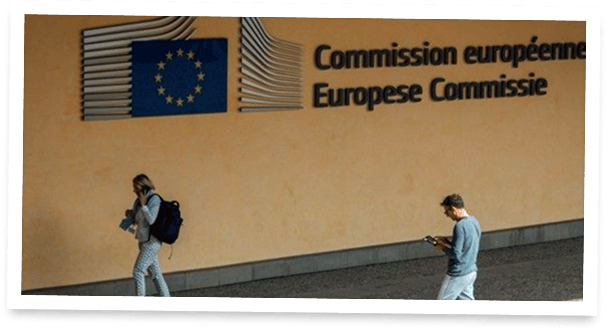
EU weighs pausing parts of landmark AI act in face of US and Big Tech pressure
Faced with lobbying from major tech firms and pressure from the U.S., the EU AI Act (the EU’s flagship regulatory framework for AI) is now under review — Brussels is considering delaying some of its key provisions. This is a political turning point: will the EU retreat from its values-based regulatory posture to chase competitiveness? Implication: the global normative architecture for AI may shift, giving more room to corporate capture and strategic deregulation.
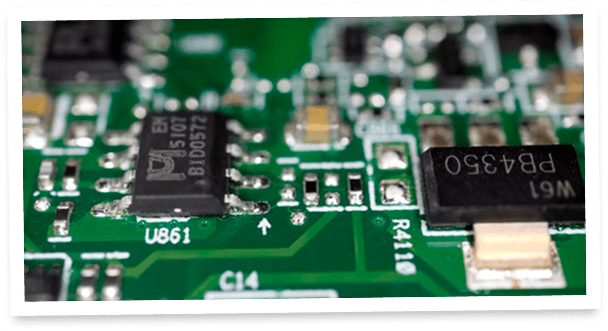
China bans foreign AI chips from state-funded data centres, sources say
The Chinese government issued a directive requiring state-funded AI data-centres to use only domestically-manufactured AI chips, forcing foreign suppliers like Nvidia out of a critical market. This marks a stark escalation in Beijing’s drive for tech self-sufficiency and intensifies the U.S.–China high-tech rivalry. Long-term, it suggests a bifurcated global AI ecosystem with divergent standards and supply chains.
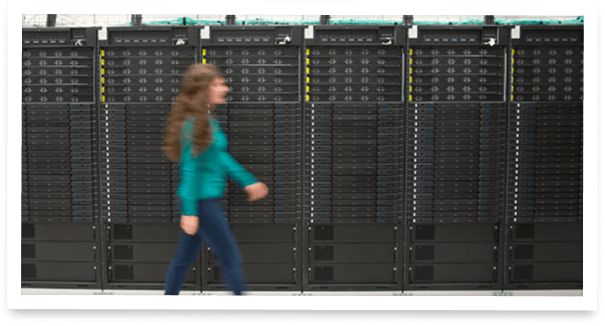
Underpowered: how energy limits Europe’s AI future
Europe’s ambitions for AI leadership are now constrained by basic infrastructure: energy supply and grid connectivity. Without dependable, large-scale reliable power, the continent risks falling behind in the AI race - meaning sovereignty over digital infrastructure may depend more on wattage than algorithms. The long-term consequence: if Europe cannot power its AI stack, it may cede not just innovation leadership but regulatory leverage and the norm-setting role for which it has strived.



